Wheat Insects
All Wheat Insects Content
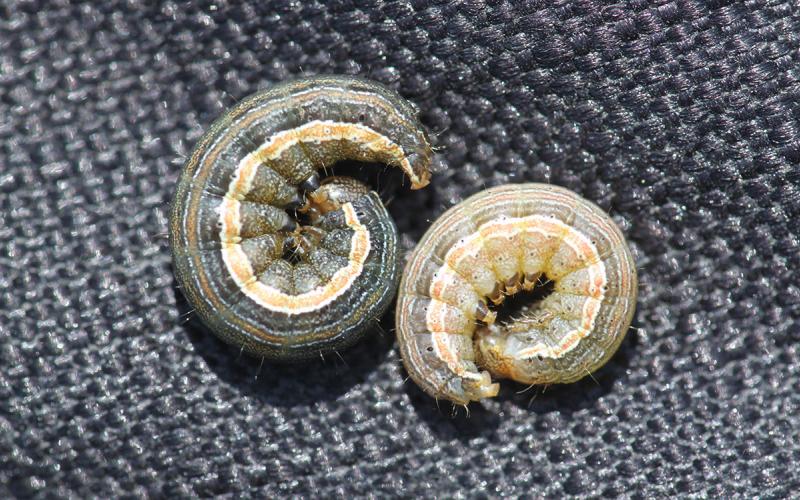
True Armyworm Caterpillars Are Active in South Dakota Wheat
We have received a few reports of true armyworm caterpillars in wheat that are heavily feeding on the leaves. The big concern with these pests is that they will also clip wheat heads prior to harvest, so scouting is necessary to ensure that they don't cause yield losses.

Update on Chlorpyrifos Use in South Dakota
As of June 30, 2025, the labeled uses for chlorpyrifos products for food and feed are limited to alfalfa, soybean, and wheat in South Dakota. Chlorpyrifos can no longer be used to treat sunflowers.
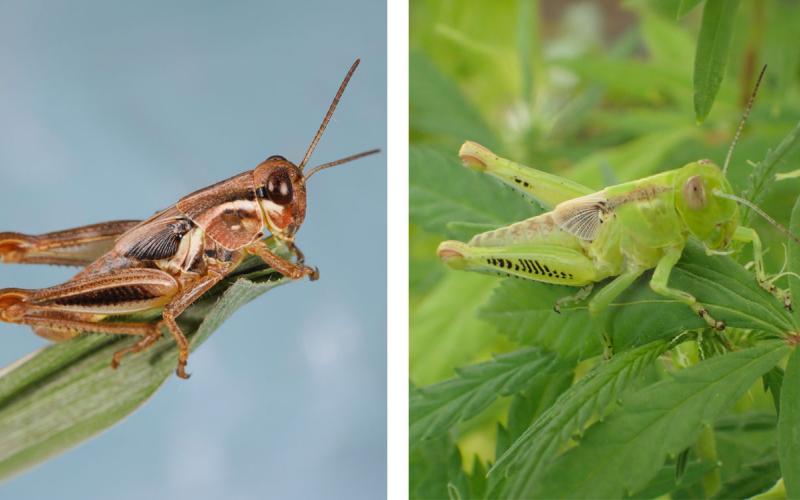
Grasshoppers Are Showing up in Large Numbers in Eastern South Dakota
While scouting spring wheat in Brookings County this week, we noticed grasshopper nymph populations that were close to threshold.
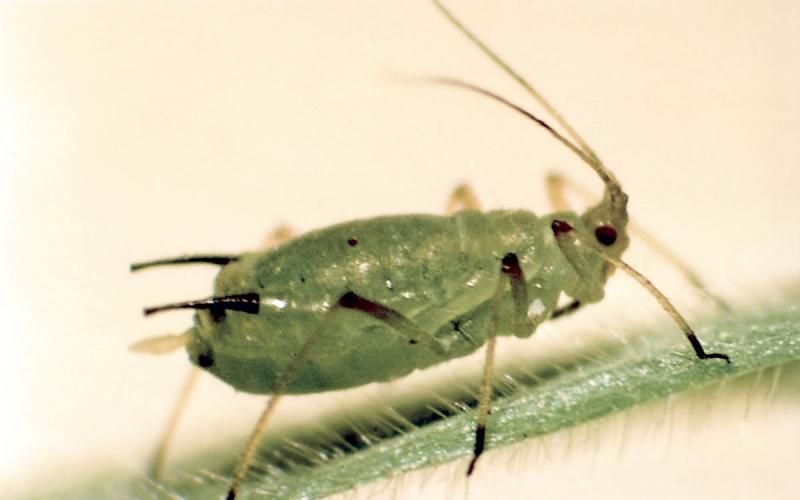
Aphid Populations Continue To Increase in Wheat
English grain aphid populations are continuing to increase in wheat. With increasing pressure, it is important to scout wheat fields to ensure that the populations do not cause yield loss.
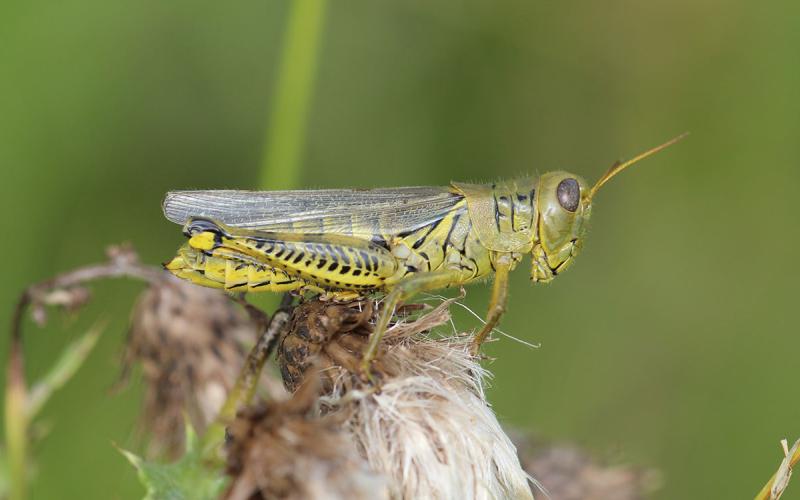
Survey of Grasshoppers in South Dakota
Fact sheet on the abundance and species diversity of grasshoppers in South Dakota
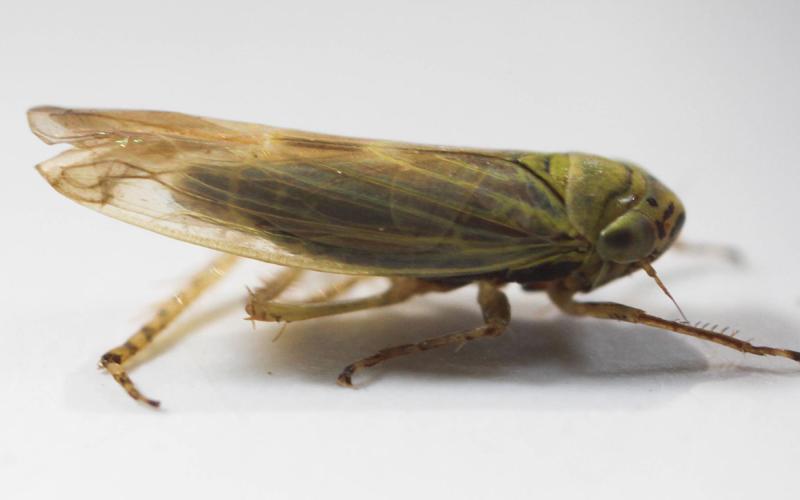
Aster Leafhoppers Showing up in South Dakota Wheat
Aster leafhoppers are present in wheat again this spring. For the last few years, aster leafhoppers have been a common occurrence in South Dakota wheat.
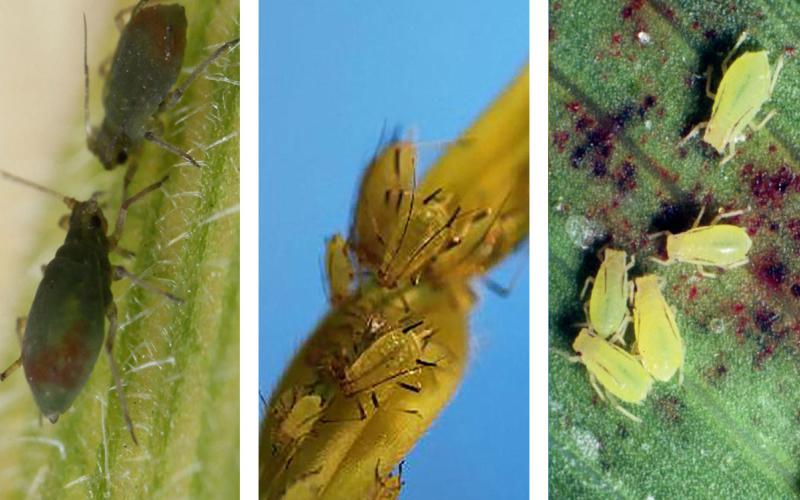
Don’t Forget To Scout for Aphids in Wheat
Aphids are present in South Dakota wheat fields, and that means it’s time to start scouting.
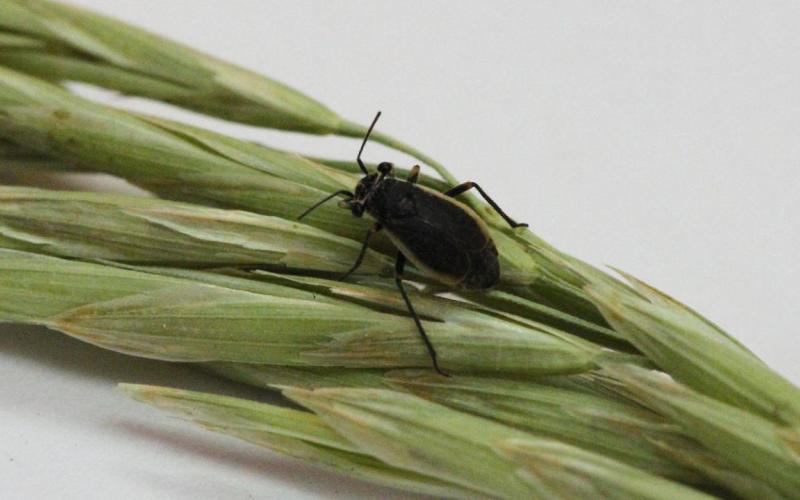
Black Grass Bug Activity Ramping Up
Black grass bugs feed on fresh green growth, which can result in stunted plants and decreased forage quality. Monitoring and potential management of black grass bugs will be of increased importance this spring, especially if drought persists.
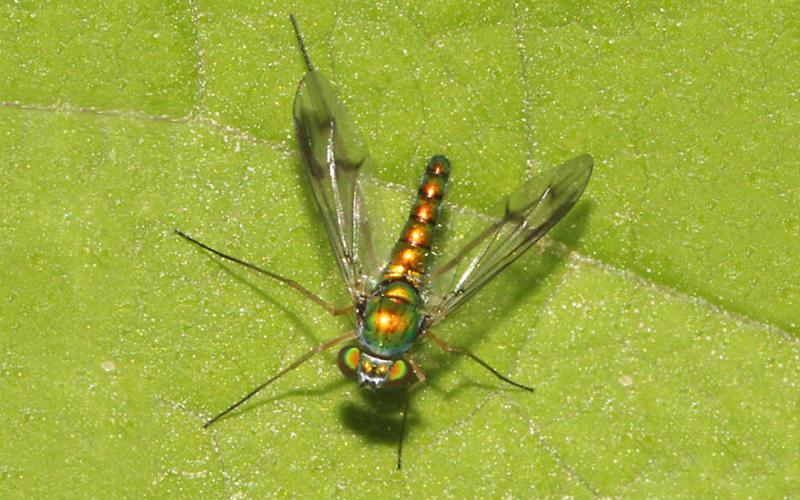
Flying Gems: Long-Legged Flies
Whether scouting for pests in crops or in a garden, chances are you’ve encountered a long-legged fly. These insects provide essential biocontrol of many insect pests and should be encouraged in the landscape.
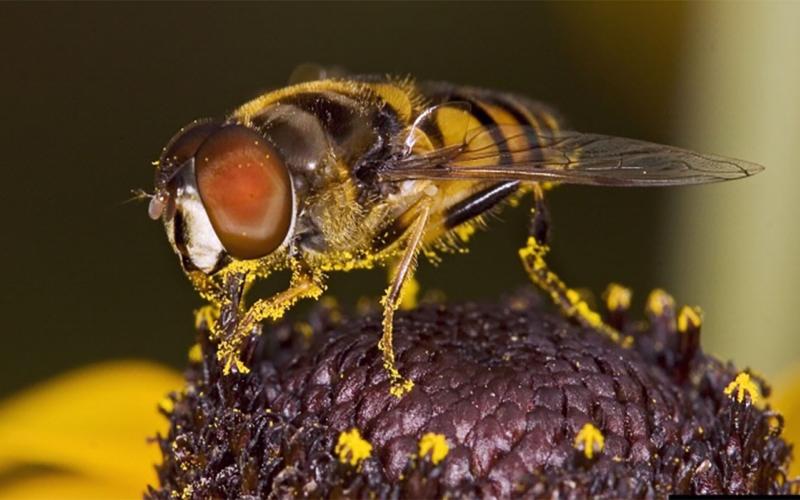
It’s a Bee! It’s a Wasp! No, It’s a Hover Fly!
Many types of insects are responsible for some degree of pollination in landscapes. In this article, we will focus on the syrphid fly as both an important pollinator and a beneficial insect predator.